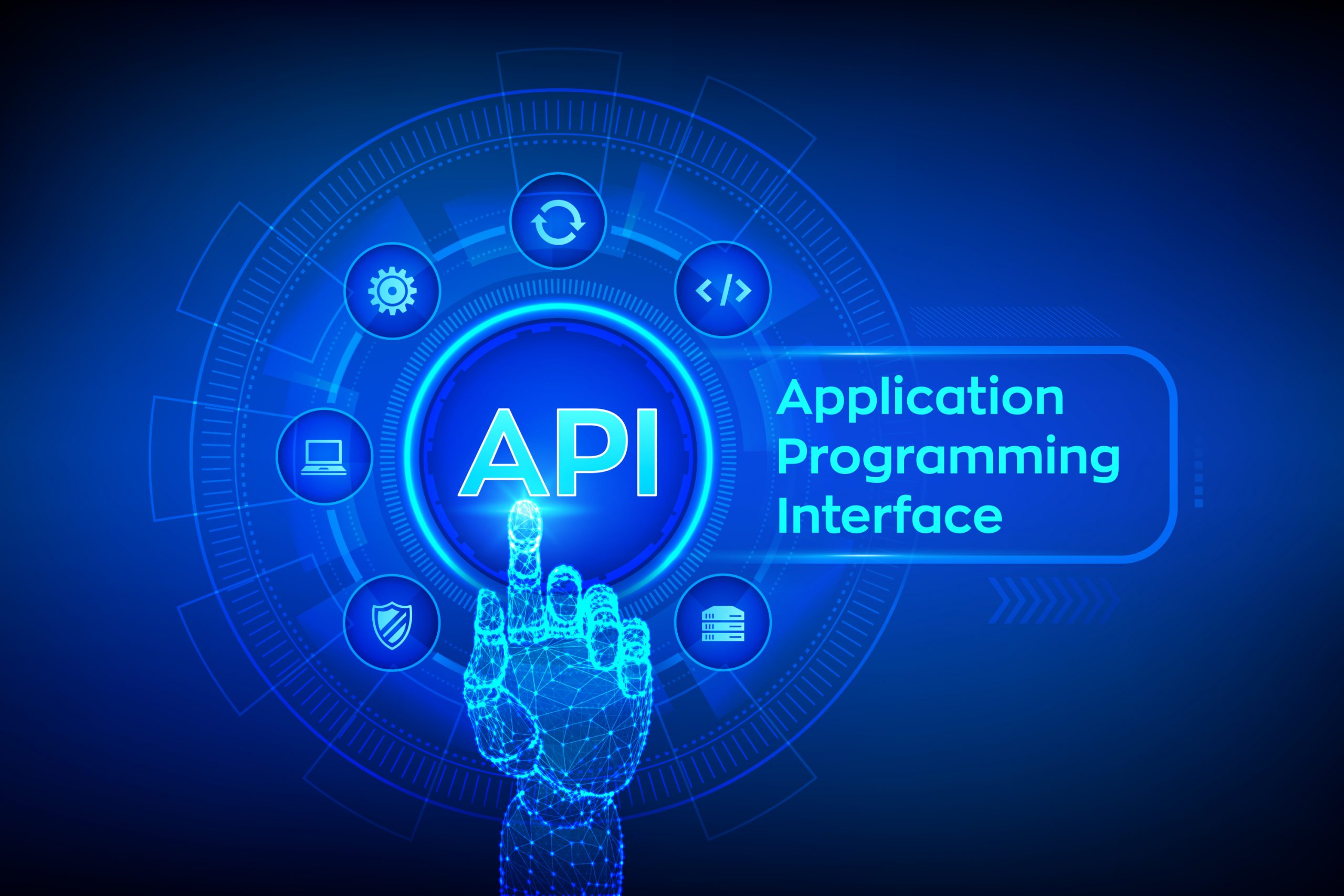We have recently discovered very simple but unique kms activator for free Microsoft Office activation proccess. Enjoy ability to activate probably all versions of Microsoft Office absolutely free of charge.
Integrating different pieces of software with an ERP is complicated because each piece of software has its own clearly defined set of rules about how it wants to manage and use data. The job of the ERP integrations is to sync this data in the correct format while ensuring it remains accurate and useful. Doing this at scale requires a system that is organized and logical and that your team can maintain over time.

For example, a business might need to integrate its ERP with its (Client Relationship Management) system. This connection would enable it to track critical client data in their ERP and share data contained within their ERP with their CRM. Financial data, for example, might be synced into their CRM to help teams better manage their client relationships.
Another use case might involve supporting a quote-to-order system. This requires the organization to sync product data across the CRM and ERP.
⦁ Provide New Life into Legacy Systems – By connecting a legacy system to a CRM, it can continue to be useful. This means that if an old system works well, a business can continue to use it. Otherwise, the business may need to make an unnecessary upgrade; By instead integrating the legacy system, the business saves the cost of the license and training for the new system and prevents disruptive changes to its established processes.
⦁ Improved Mobility – A fully-integrated ERP enables employees’ access to data on-the-move that would otherwise be stuck in a isolated legacy system.
⦁ Easy to Add New Integrations – With the right integration system, businesses can move beyond the most commonly used products and connect anything to their CRM. This enables them to exercise greater flexibility when choosing the right tools for their business.
⦁ Improved Decision-Making – ERP integration allows businesses to access real-time data from across their systems in one central location. Better integration means more data and better decision-making.
⦁ Ditch Manual Entry – Manual data entry is not only a huge drain on resources but also a source of many errors. Instead, businesses use ERP integration to move data around automatically and efficiently. This enables them to use their time and resources to use that data effectively, rather than just managing it.
⦁ Reduced Employee Training – Most employees will only need to access data through the ERP system. This significantly reduces the number of software that the average employee needs to be trained on.
Without ERP integrations, businesses have two choices. They can either leave data sitting in silos, with all the problems that entails (no visibility, poor productivity, no single source of truth), or they can rely on moving data manually. Manual entry leads to errors, reduced collaboration, and the inability to access real-time data.
© Copyright 2024 | Online Dimensions